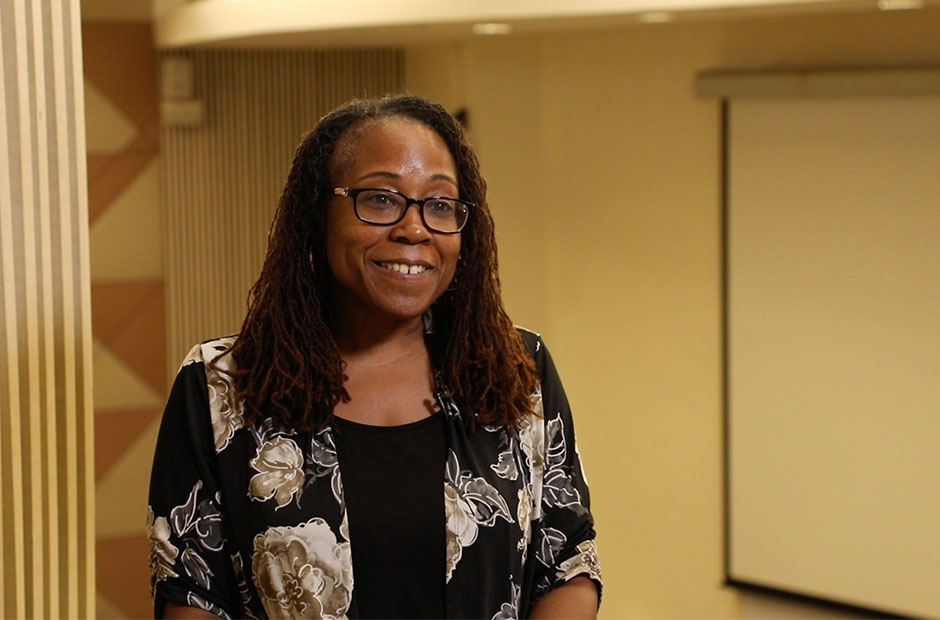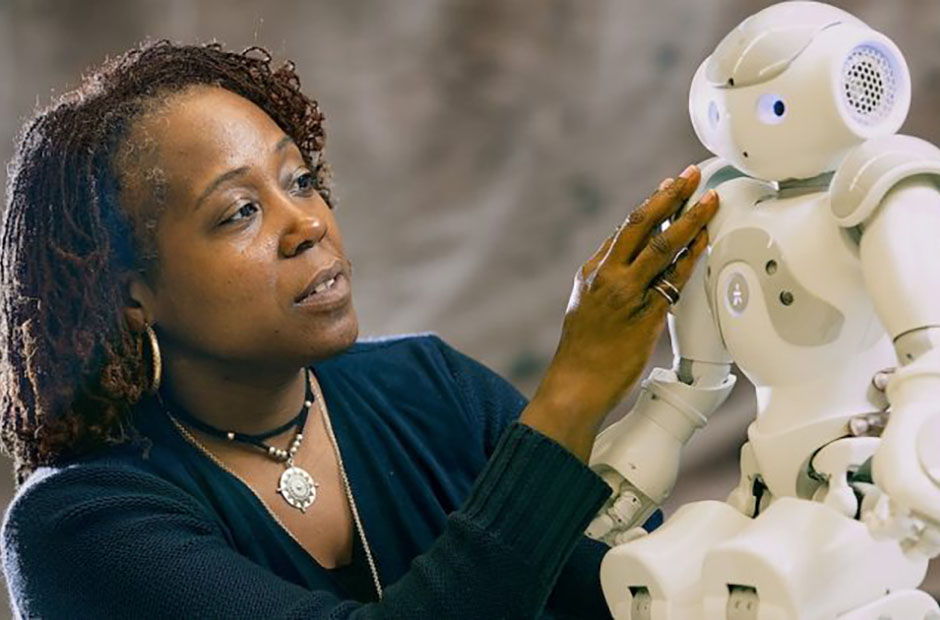As a child, Dr Ayanna Howard was very stubborn. She also loved robots. Driven by her passion and, encouraged by her parents (who happened to be engineers), she worked hard to overcome obstacles to become the renowned STEM specialist she is today.
Dr Howard has designed the next-gen robot to Mars as the senior robotics researcher at NASA, scoured the Antarctic glaciers with her ‘spider robots’ to collect data on the climate and she’s chair of the Robotics PhD programme at Georgia Institute of Technology. Co-founder of robotics firm Zyrobotics, she also designs assistive robots to engage children with special needs.
In town recently to speak at the Singapore Science Centre, we caught up with her to hear about her journey from being a curious girl with a dream, to becoming one of Forbes’ Top 50 US Women in Tech.
Q&A
1. When you were young, did you know you would become a roboticist?
When I was young, I was into science fiction and science fantasy. One day, I saw The Bionic Woman on TV. I knew that was exactly what I wanted to do. I wanted to build my own bionic woman.
I didn’t know what that actually meant as I was a teenager, but that was the one goal and desire I dreamed about. So all the things I worked on and experienced since then were to figure out how to design this. I did not know it would take me down this path.
I was very stubborn as a young girl, and I continue that thread throughout my career. Because sometimes, you might be the only female in a room full of guys trying to solve a problem; your difference is what actually makes you valuable. You are offering a different perspective needed to solve that problem. You can’t have a room of individuals that think exactly alike and create great products for the entire society. That’s never going to happen. The value of being diverse is actually your power.
2. Who supported you in your journey?
My parents were very supportive while I was growing up. They thought that as long as I wanted to do it, I could do it, even though they didn’t understand what robotics was.
They were like, “What is this? I have no idea, but we’ll make sure we have a computer in the home for you, we’ll put you in [learning] camps and provide you these experiences.” My parents were the ones that really instilled in me, “You can do it! Even if your friends aren’t doing it or there might be hardships, but because you are setting your mind to it, we’re going to support you in your goals!”
For several years since I was 18, I’d been working as a summer intern at NASA. This happened because the NASA engineers would come to my school and work with us as judges on science experiments like the egg-drop contest [where you have to design protection for an egg to survive a drop from a high place]. They would talk about what it’s like working at NASA. I started believing that I could do what they did.
Later, I became a robotics researcher at NASA and, at age 27, my supervisor decided I was smart enough to lead a team to design the next-generation Mars rover. In short, I had to design a science experiment to explore another planet using a robot.
3. Tell us about the challenges you have faced.
Throughout my entire career from being in college to working at NASA, a primary challenge is being one of very few women in a STEM environment. How do you make sure your voice is heard? How do you get to the point where you’re confident enough to know you are right?
That transition was the hardest part of gaining self-confidence, to know that I know something and have the voice to express my opinion, thoughts and values.
Besides that would be technical challenges I had to face: the fact that the projects I work on are about designing something that does not exist.
One of the biggest challenges I had to learn is in understanding nothing is ever going to be perfect. Be okay with building or designing something that doesn’t work. Think, “What can I learn from this, let me go back and try to fix it; it may still not work!”
There is no such thing as failure as long as you are learning from mistakes.

4. What skills are required to be good in robotics?
You don’t necessarily have to love math, but you have to be able to do math. Also, have some coding skills. Be creative and curious. One of the things about robotics is being able to think how to create something that doesn’t exist. Creativity and innovation is part of the formula. These are the skills necessary to be a roboticist.
Robotics is multidisciplinary. I was classically trained as an electrical engineer. I taught myself computer science and, later, mechanical engineering. It’s really about having a foundation in something like engineering then trying other things in different fields to design and programme robots.
5. Is learning robotics useful?
One of the things about robotics and coding in computer science is that there’s a thinking process of solving problems: how do I design a solution to a problem? What is the process of sequencing things together?
That’s the thinking process I want students to have; it applies to everything in life, to studying law and medicine and solving difficult problems where there is no solution.
I think robotics and artificial intelligence is the wave of the future. It’s going to be as pervasive as computers, cell phones, smartphones and the Internet and, as a parent, it really is our duty to prepare our kids for this new future that we may be uncertain about – but it’s coming. We can provide the resources, show them what it is, put them in camps and afterschool activities.
We just need to make sure that our kids are comfortable with this new world.




.jpg)
.jpg)
